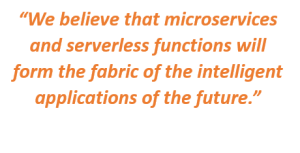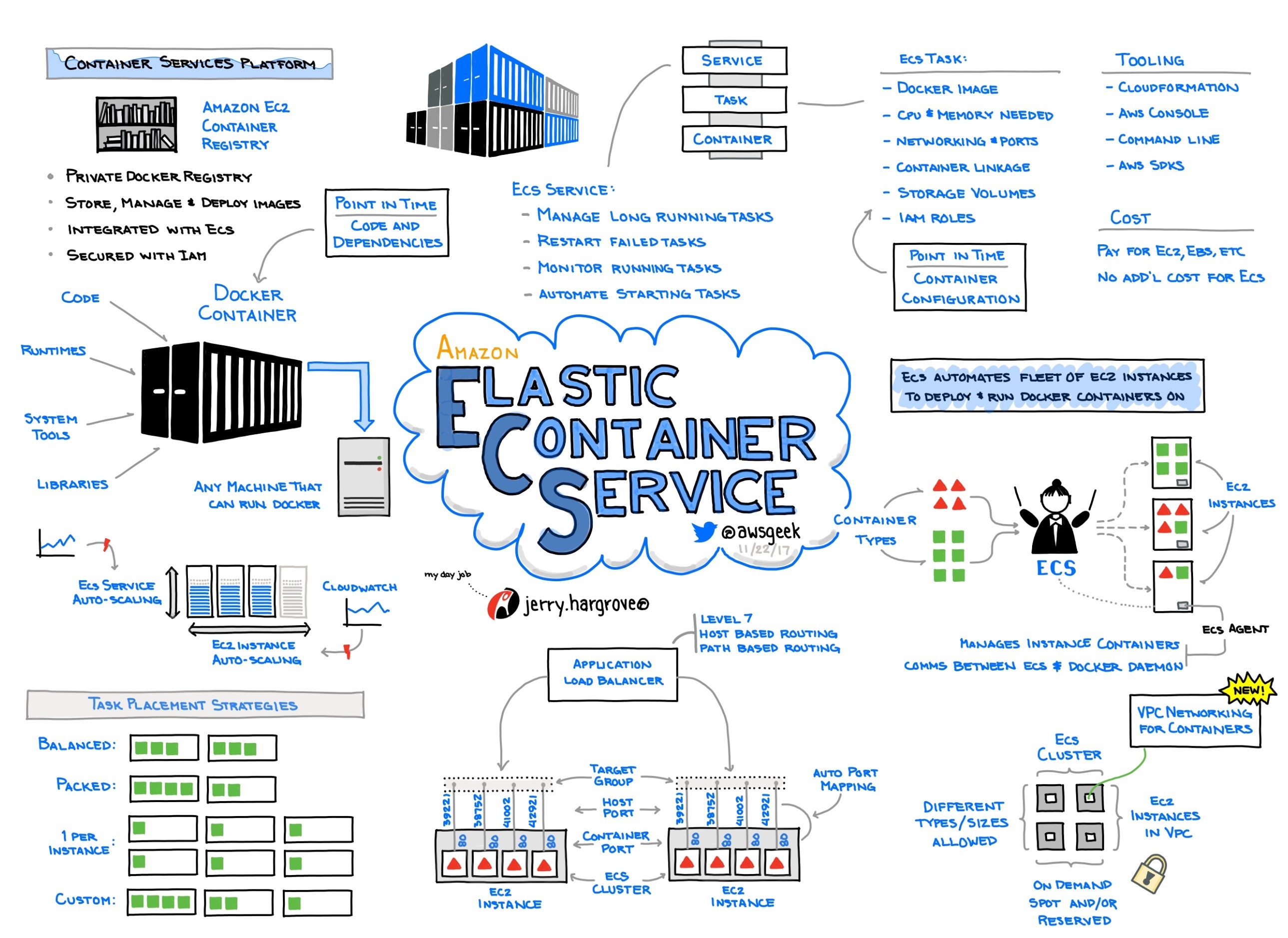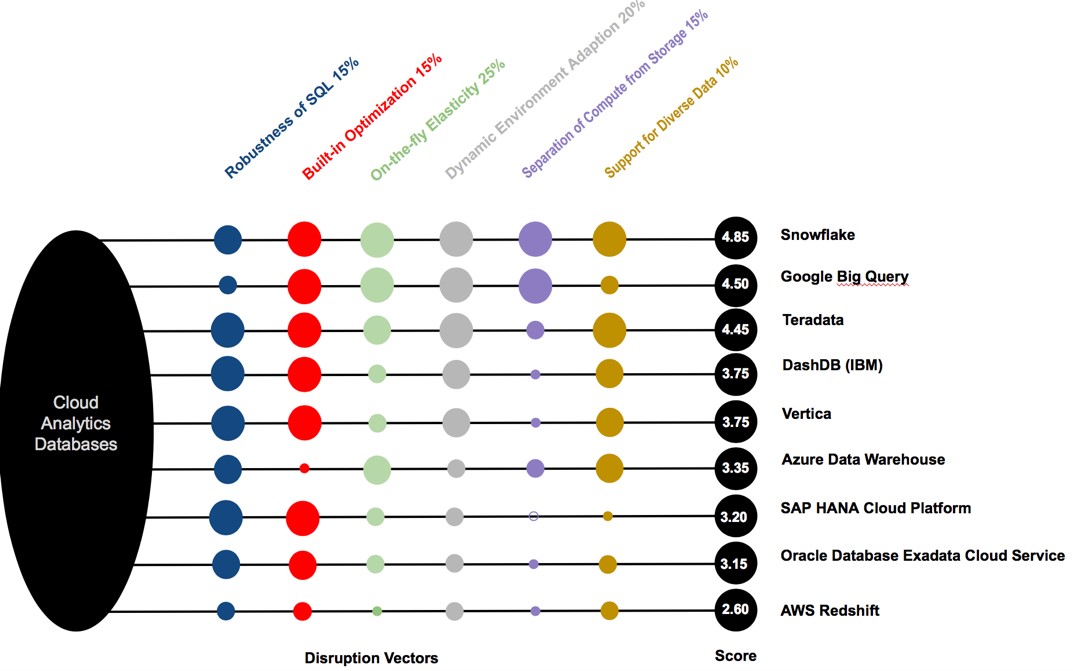First it was Azure stack, then came AWS/VMWare with AWS Outpost and now there is Google Anthos. Google announced general availability of its Anthos Cloud Services Platform at Google Next this week. Anthos has many elements but the telling one is that it lets you run Google Cloud on-premise and in other cloud environments.
As the number three provider with a new energized leader, you have to wonder if it’s too little, too late? Time will tell. What is interesting is that this move toward hybrid reflects what we are seeing in enterprise use of public clouds – they are all in as long as it’s hybrid. And increasingly multi-cloud.
While each of these offerings from the cloud providers is different, the unifying theme of the Anthos announcement is that the large public clouds are fully embracing the reality of the enterprise hybrid cloud.
So, what exactly does “hybrid cloud” mean? In short, it means that portions of an application or workload can run in your “on premise” data center while other portions run in a public cloud data center. This combination of public and private cloud infrastructure helps optimize the agility, cost, latency, and performance of workloads while minimizing the additional security and manageability requirements. It is especially helpful for existing apps that can move a portion of the overall workload (say storage backup or compute “bursting”) to the cloud. And, it is even better for new or existing applications that want to build or modernize workloads in a cloud native manner.
One way to do this is to have infrastructure on premise that looks and acts like the public cloud’s Infrastructure As A Services (IAAS) offered today by AWS or Azure. AWS Outpost and Microsoft’s Azure Stack are services that help in these use cases. Another approach is when you are trying to move or migrate portions of your application to the public cloud. This is what Google Anthos is all about
Why is Google doing this? First, they hope to compel you to modernize your infrastructure by embracing a lightweight virtualization technology called containers that are predominantly orchestrated/managed by a service called Kubernetes that was originally created at Google. The second reason is that once your application runs in containers it is more portable from one cloud (public or private) to another cloud. In this way, Google hopes to move applications off of AWS and Azure. Here is how the VentureBeat put it:
“It’s one thing to use a service like this for new applications, but many enterprises already have plenty of line-of-business tools that they would like to bring to the cloud as well. For them, Google is launching the first beta of Anthos Migrate today. This service will auto-migrate VMs from on-premises or other clouds into containers in the Google Kubernetes Engine.”
Being in a distant 3rd place position can lead to a counterintuitive strategy. And, Google could benefit from leading the efforts to make workloads portable in the cloud (both to move them from on premise to Google and to move them from AWS/Azure to Google). But, they will have competition in leading the containerization charge from VMWare, Redhat/IBM and in some forms the market leading clouds!








